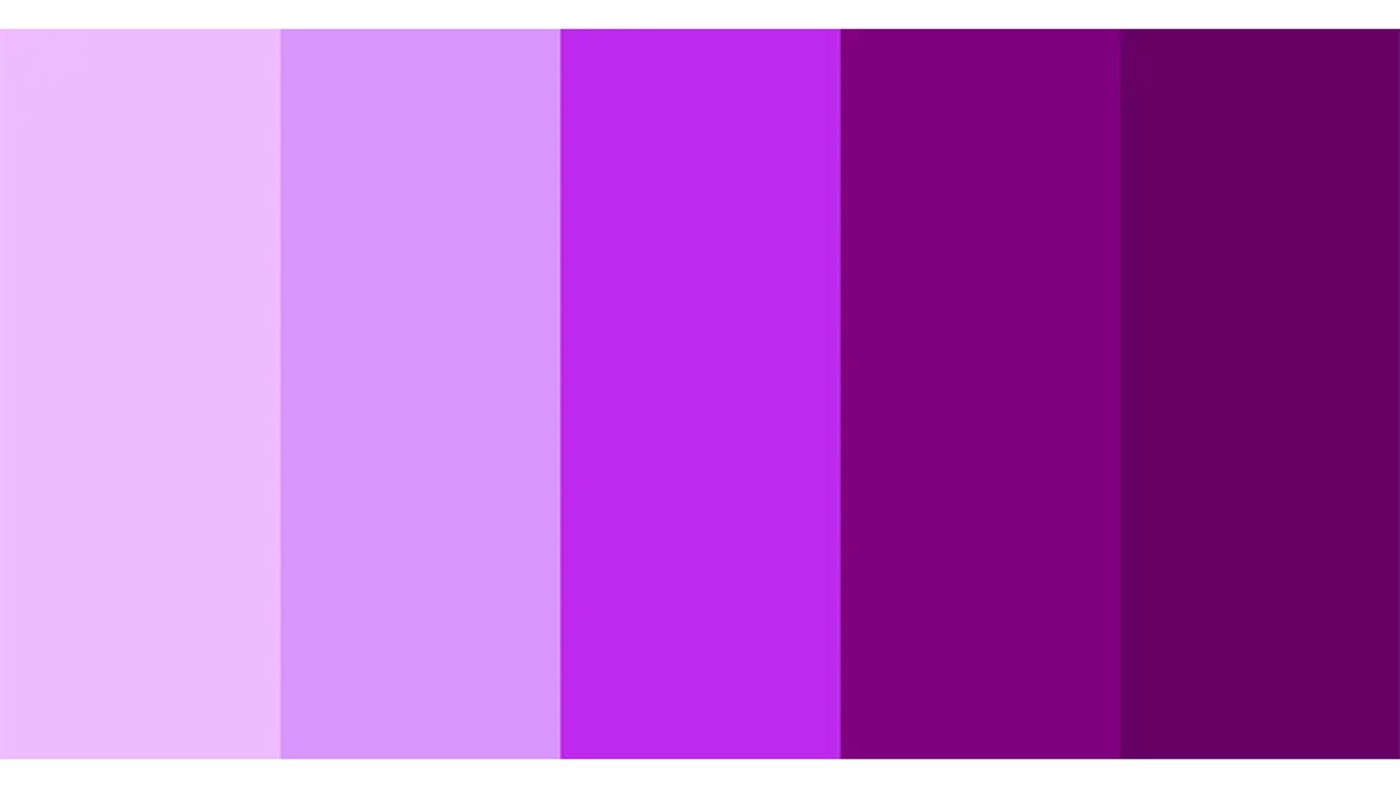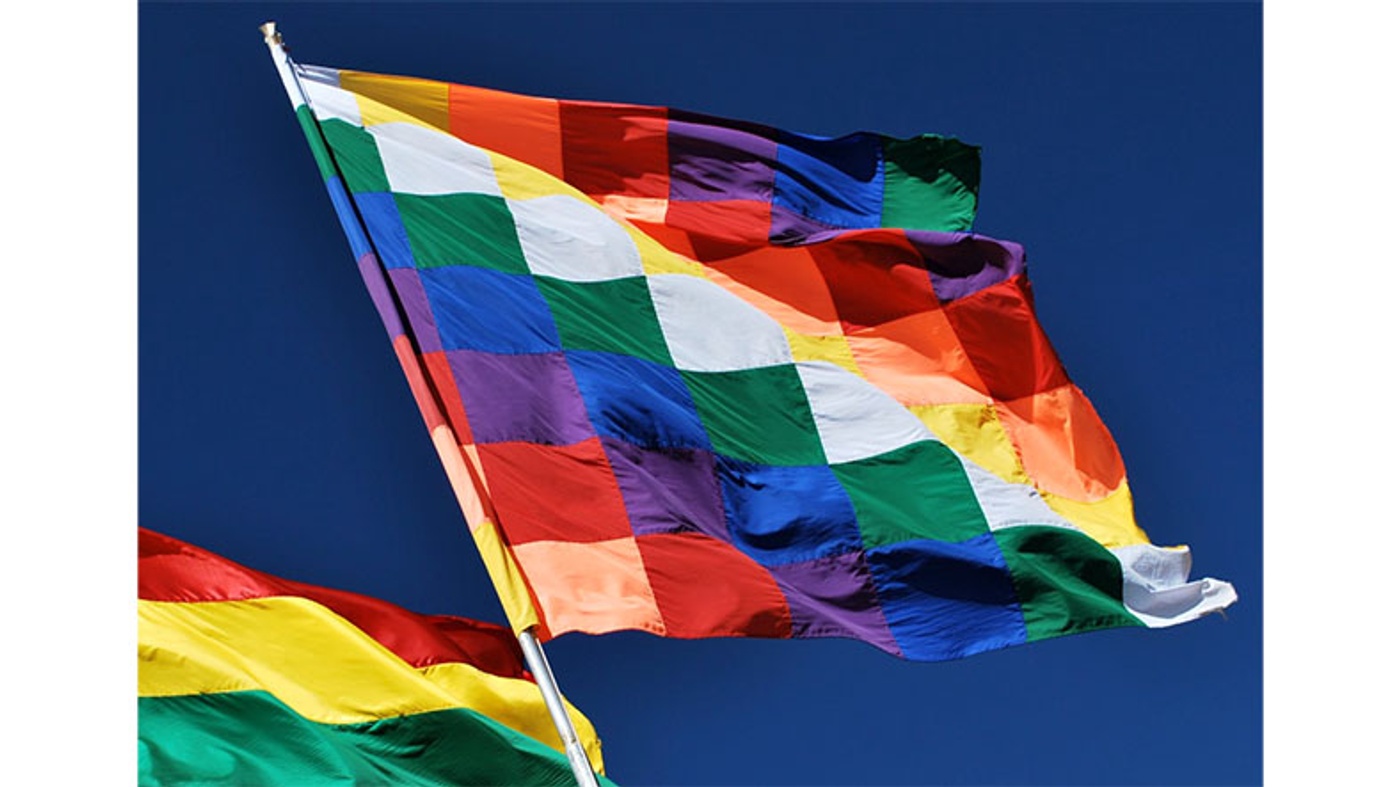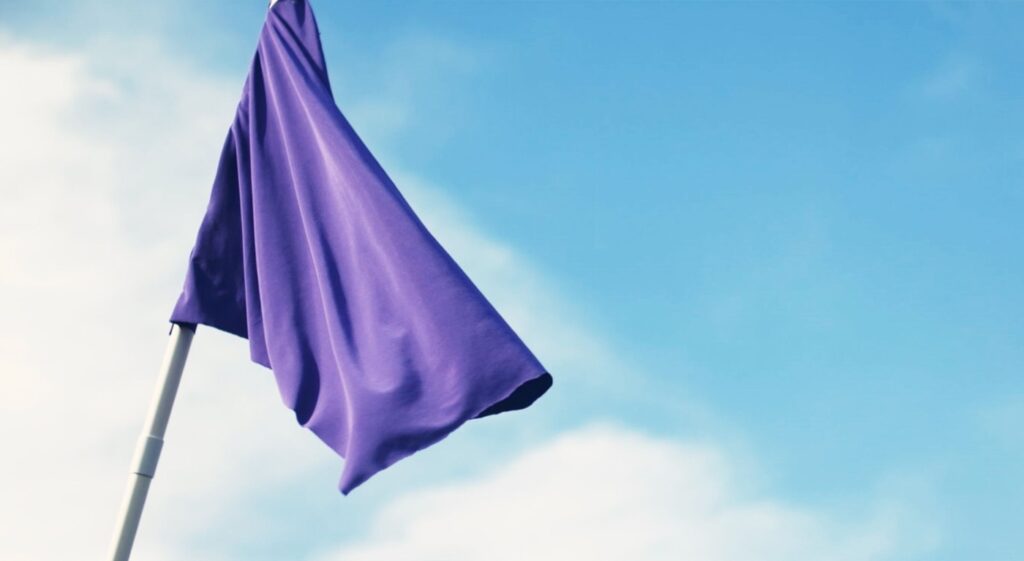Purple has been considered a symbol of wealth and power throughout history. But have you ever wondered why this impressive color is so rare in national flags? The answer lies in both economic and technological factors.
Why Is Purple Rarely Used in National Flags?

Historically, obtaining the color purple was quite difficult and expensive. In ancient times, particularly during the Roman Empire, this color was produced using a dye obtained from sea snails, a process that was highly costly. Therefore, purple could only be used by nobles and high-ranking individuals. During the reign of Queen Elizabeth I in England, the use of purple garments outside the royal family was banned, further reinforcing the perception of purple as an elite status symbol.
This situation continued until the 19th century. When William Henry Perkin accidentally discovered synthetic purple dye in 1856, purple no longer remained a luxury and became accessible to the broader public. However, even during this period, the production of purple pigment was still difficult and costly. Therefore, purple was rarely used in national flags.
Wiphala Flag: The Cultural Significance of Purple in Bolivia

Today, the color purple is found in only a few country flags. Dominica, Nicaragua, and Bolivia are among these countries. In Dominica’s flag, purple represents the Sisserou parrot, highlighting the country’s biological diversity and natural heritage. In Nicaragua, purple is a symbol of peace and hope in the flag’s rainbow motif, while in Bolivia, purple in the Wiphala flag symbolizes the country’s cultural diversity.
While purple is more commonly seen in some city flags today, it remains a rare choice for country flags. The main reasons include the historical difficulty and expense of accessing purple pigment. However, with technological advancements and an expansion in cultural significance, purple may appear in more flags in the future.
Could Purple Be Seen More Frequently in Flags in the Future?
In conclusion, the historical and economic reasons behind the rarity of purple in flags point to this color’s rich and power-associated past. However, technological advancements and cultural changes could transform the meaning and use of purple over time.
Source: Flag Makers


